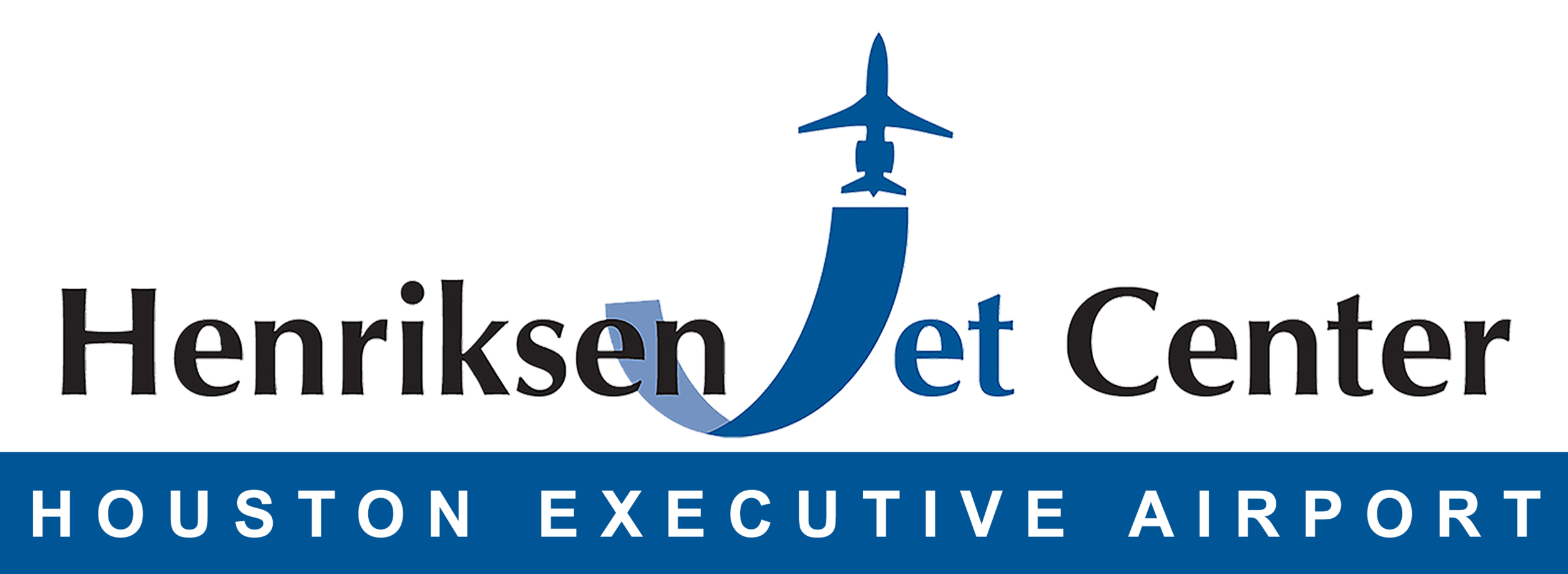Fly Quiet Program
The Fly Quiet Program is administered from the control tower.
The Houston Executive Airport is sensitive to the concerns of the residents in close proximity of the airport. We have implemented a voluntary “FLY QUIET PROGRAM”. The noise abatement procedures described below are designed to minimize aircraft noise in the vicinity of residential areas. This is a voluntary program and should not compromise safety. Click here to download printable Map
General Policies
Piston aircraft operators are requested to use AOPA "Noise Awareness Steps".
Turbine/Jet aircraft operators are requested to use NBAA "Noise Abatement Program" procedures or comparable procedures of aircraft manufacturer.
Helicopter operators are requested to use HAI "Recommended Noise Abatement Measures".
Traffic Pattern
Runway 36 - right traffic,
Fly downwind leg over Schliff Rd, 1 ½ - miles east of Runway 18/36.
Initiate base leg south of Highway 90.
Runway 18 - left traffic,
Fly downwind leg over Schliff Rd, 1 ½ - miles east of Runway 18/36.
Initiate base leg at pilot’s discretion
Traffic Pattern Altitude : 1200 ft AGL

A.O.P.A. Noise Awareness Steps
(Aircraft Owners & Pilots Association)
These are general recommendations; some may not be advisable for every aircraft in every situation. No noise reduction procedure should not be allowed to compromise flight safety.
If practical, avoid noise-sensitive areas. Make every effort to fly at or above 2,000 feet over such areas when overflight cannot be avoided.
Consider using a reduced power setting if flight must be low because of cloud cover or overlying controlled airspace or when approaching the airport of destination. Propellers generate more noise than engines; flying with the lowest practical RPM setting will reduce aircraft noise substantially.
Perform stalls, spins, and other practice maneuvers over uninhabited terrain.
Familiarize yourself and comply with airport noise abatement procedures.
On takeoff, gain altitude as quickly as possible without compromising safety. Begin takeoffs at the start of a runway, not at an intersection.
Use Precision Approach Path Indicator (PAPI). This will indicate a safe glide path with a smooth, quiet descent to the runway.
Retract the landing gear either as soon as landing straight ahead on the runway can no longer be accomplished or as soon as the aircraft achieves a positive rate of climb. If practical, maintain best-angle-of-climb airspeed until reaching 50 feet or an altitude that provides clearance from terrain or obstacle. Then accelerate to best-rate-of-climb airspeed. If consistent with safety, make the first power reduction at 500 feet.
Practice descent to the runway at low power settings and with as few power changes as possible.
If possible, do not adjust the propeller control for flat pitch on the downwind leg; instead, wait until short final. This practice not only provides a quieter approach, but also reduces stress on the engine and the propeller governor.
Avoid low-level, high-power approaches, which not only create high noise impacts, but also limit options in the event of engine failure.
Flying between 11 p.m. and 7 a.m. should be avoided whenever possible.



